Walking is one of the simplest, most accessible forms of physical activity. Yet, millions of people struggle to consistently increase their daily step count. Even with good intentions, common mistakes can quietly sabotage progress. The good news? With the right approach—starting fast, staying consistent, and measuring results weekly—you can overcome these obstacles and build a sustainable walking habit that supports core strength, balance, and long-term health.
Many people believe they should ease into a walking routine. While this may seem logical, starting too slow often leads to boredom and early dropout. When progress feels invisible, motivation dips.
Instead, start fast—not in speed, but in commitment. Begin with a clear, ambitious yet achievable goal, like adding 2,000 steps per day in the first week. This creates momentum and visible results, fueling motivation. A rapid start builds confidence and sets the tone for consistency.
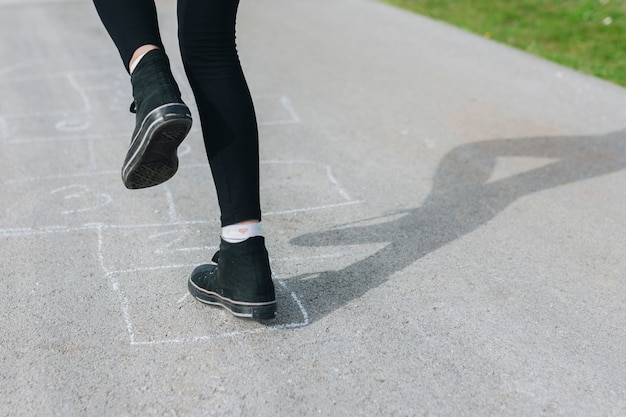
Some days you walk 10,000 steps; others, you barely hit 2,000. This inconsistency undermines long-term progress. Your body thrives on routine, and sporadic activity doesn’t build lasting habits or endurance.
The key is daily consistency. Aim for a minimum baseline—like 6,000 steps every day—regardless of how you feel. On good days, exceed it. On tough days, just meet it. This approach stabilizes your routine and trains your body to expect movement, improving balance and core engagement over time.
Walking without tracking is like traveling without a map. You might be moving, but are you going anywhere? Many people check their step count daily but fail to analyze trends over time.
That’s why measuring results weekly is essential. Every Sunday, review your average daily steps, identify low days, and adjust your strategy. Did you skip walks on rainy days? Plan indoor alternatives. Was work too busy? Schedule walking meetings. Weekly reflection turns data into actionable insights.
Walking isn’t just about your legs. Your core muscles—abdominals, obliques, and lower back—play a vital role in stability, posture, and stride efficiency. Yet, most people walk passively, missing an opportunity to strengthen their core.
To fix this, practice mindful walking. Engage your abdominal muscles slightly with each step, stand tall, and avoid slouching. This not only burns more calories but also improves balance and reduces injury risk. Over time, this builds functional core strength without extra gym time.
Balance is often overlooked in fitness routines, especially among adults. Poor balance increases fall risk and limits mobility. Walking helps, but adding specific balance exercises amplifies results.
Incorporate simple balance drills into your routine: stand on one leg while brushing your teeth, walk heel-to-toe in a straight line, or try tai chi-inspired movements. Doing this 3–5 times a week enhances coordination, supports joint health, and makes walking safer and more efficient—especially as you age.
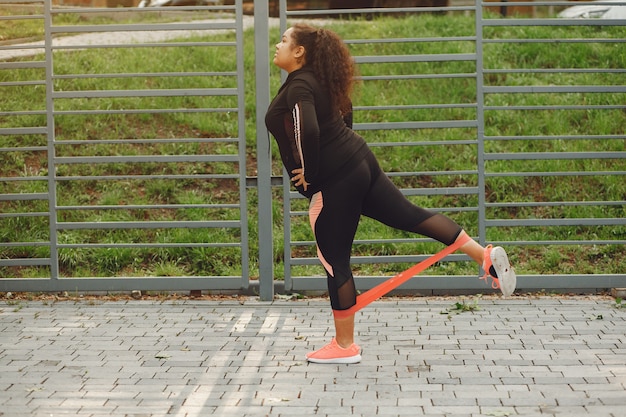
Waiting for chances to walk—like taking the stairs or parking farther away—is better than nothing, but it’s not enough to significantly boost your step count. These passive efforts rarely add more than 500–1,000 steps.
Be proactive. Schedule walking time like any important appointment. Take a 15-minute walk after meals, use lunch breaks for a loop around the block, or do a quick evening stroll with family. Intentional walks ensure you hit—and exceed—your daily targets.
Step count matters, but not all steps are created equal. Shuffling around the house burns fewer calories and offers less benefit than purposeful, brisk walking.
Aim for quality over quantity. Include at least 20–30 minutes of moderate-intensity walking most days—where you can talk but not sing. This elevates heart rate, improves cardiovascular health, and enhances core and balance benefits. Use a fitness tracker that measures intensity, not just steps.
Avoiding these seven mistakes sets the foundation for real progress. But success comes from combining awareness with action:
Over time, this approach strengthens your core, enhances balance, and transforms walking from a chore into a sustainable habit that supports lifelong health.
Take the first step today—not just in distance, but in mindset. Your future self will thank you.

Fitness

Fitness

Fitness

Fitness

Wellness
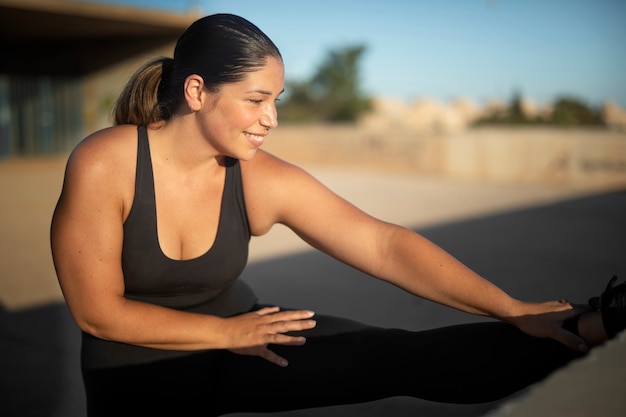
Fitness
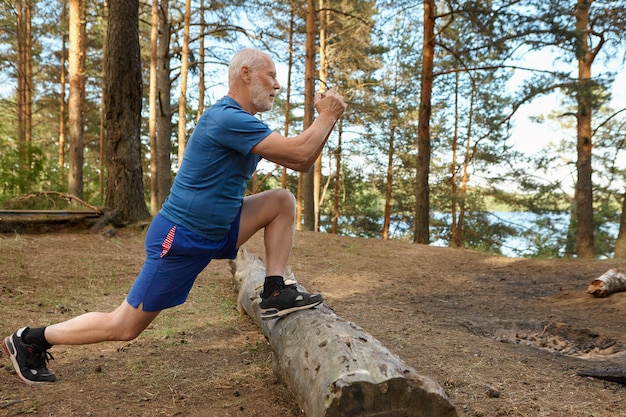
Fitness

Fitness
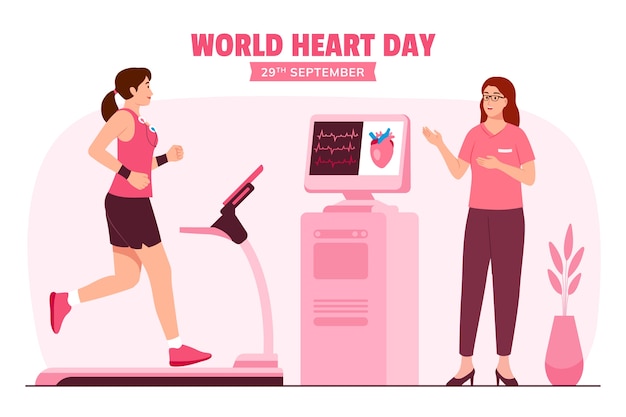
Wellness

Fitness
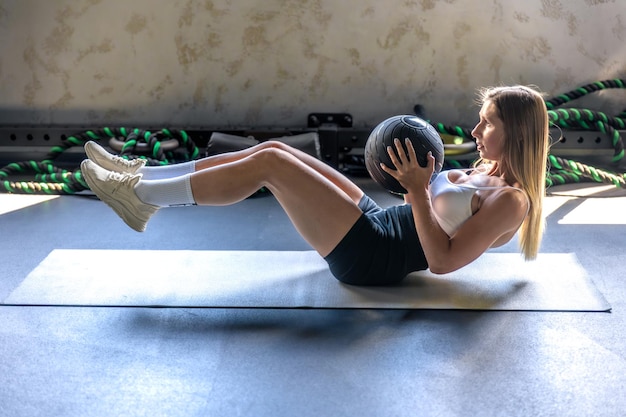
Fitness

Fitness

Health

Fitness

Health

Health